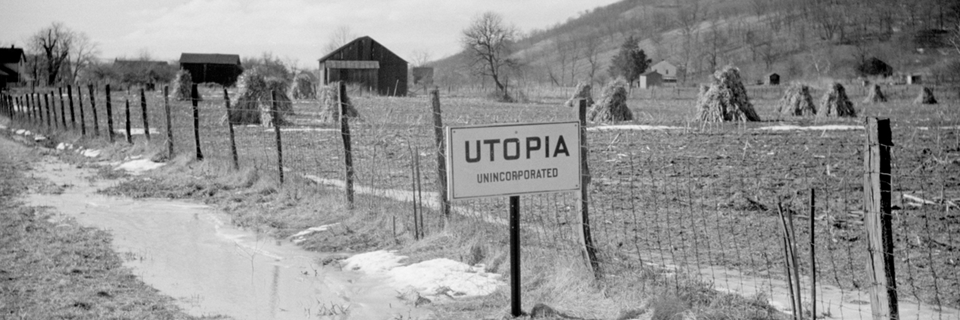In which the human being, entirely alone on his own Montserrat, can find peace and happiness.
Recently the
Stiftung Preußischer Kulturbesitz (Prussian Cultural Heritage Foundation) has put online the entire collection of K.F. Schinkel's graphic work. So, one fine day, while procrastinating, I ended up discovering two images with the title of
Eisenbergwerk in Katalonien (Iron mine in Catalonia): an exterior view where a limestone relief very similar to
Montserrat is intuited, and an interior view which is like a hybrid of the
prisons of
Piranesi and the
caves of Collbató or Salnitre. I immediately checked to see if Schinkel had ever been to Montserrat. But, reviewing his entire travel history, I can state that it is impossible. So who could have talked about Catalonia and its sacred mountain to the Prussian architect? There is only one possibility:
Wilhelm von Humboldt, his protector at the Court of
Frederick William III of Prussia.
In fact, Humboldt visited Montserrat in 1800 for two days. His ascension is evoked in the poem
Die Geheimnisse (The Mysteries), written in 1784 by his friend
J.W. Goethe. A poem where Goethe tells us about a pilgrim who climbs a mountain where there is a monastery inhabited by hermits. Just like Montserrat back then. On his return to Paris, still shocked by the experience, Humboldt began to write a letter, in the form of an essay, to his friend, which he did not publish until three years later, in the
Allgemeine geographische Ephemeriden, entitled “
Der Montserrat, bey Barcelona”. Curiously, the same year when Humboldt and Schinkel, during his stay in Rome, met in person.
 |
| K.F. Schinkel 'Eisenbergwerk in Katalonien. Außenansicht' (1815) |
In this letter, Humboldt exposes a fascination with the mountain, above all, from a geographical, but also from an aesthetic, point of view. The harmony between man and nature stands out. An almost edenic harmony. Although he pays more attention to the hermits than to the monastery itself. According to him, the hermits show us, in their understanding with nature, that a life in harmony is possible. They represent a place in arcadian life. They are like the good savage of
Rousseau. They meditate and find inner peace through pure contemplation. Thus, Montserrat is seen as an earthly paradise. As a return to simplicity, self-sufficiency and peace of mind. As an experience understood as an initiatory journey. But, in the whole essay, he does not tell us anything about its caves.
So how come did Schinkel become aware of its existence? Perhaps because of the French politician, archaeologist and traveler
Alexandre de Laborde. Between 1794 and 1797, at the time of the French Revolution, Laborde discovered the mountain and, unlike Humboldt, visited its caves. In fact, in the first volume of his “
Voyage pittoresque et historique de l'Espagne”, published in 1806 and dedicated entirely to Catalonia, he includes a detailed description of Montserrat which also includes two engravings, on his own words, of its beautiful stalactite caves.
 |
| K.F. Schinkel 'Eisenbergwerk in Katalonien. Innenansicht' (1815) |
“This Saturday my Christmas piece, a big old iron mine in Catalonia, will be opened and shown during the Christmas market, from 6 a.m. daily throughout the evening, in my theater at
43 Französische Straße”. With this announcement, at the
Berlinischen Nachrichten on December 16th, 1815, Wilhelm Ernst Gropius (
Karl Wilhelm Gropius's father) promoted the presentation of these two eminently Montserratian
Schaubilder (dioramas with musical accompaniment and human figures and animals) designed by Schinkel. From 1807 to 1815, Schinkel himself worked mainly in the design of panoramas and dioramas for Gropius' optical-mechanical theater until the death of
Paul Ludwig Simon, when he was promoted to
Geheimer Oberbaurat (private construction adviser). Five years earlier, however, Humboldt had already nominated him for the post of
Geheimer Oberbauassessor (private construction consultant) of the
Preußischen Oberbaudeputation (Prussian Construction Council).



